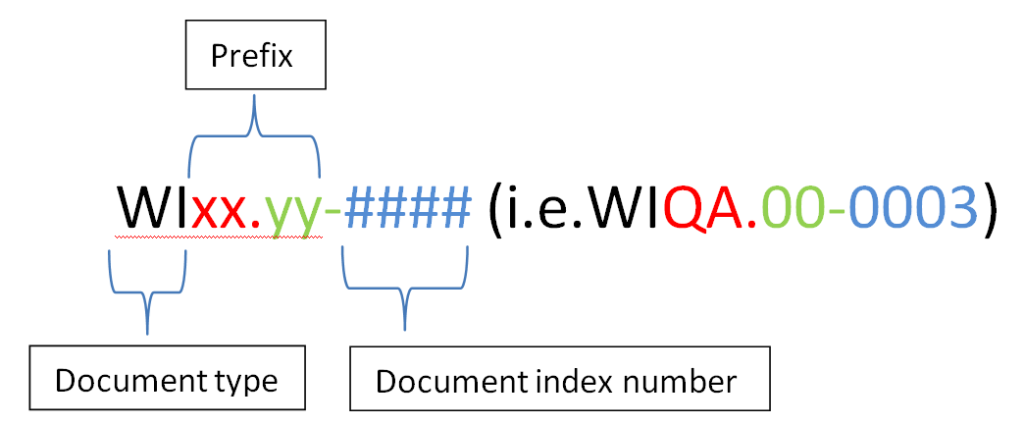Documents can be controlled with simple, low-cost methods.
There is no need to invest in dedicated software or systems. For a small size business that would be an overkill. Procedures, instructions, records, etc. can be easily managed by the team using a basic register. Today I will show you what I mean.
Why so many people got it all wrong?
I cannot think of anything exciting when it comes to documents. Beurocracy has always been the reason for my frustration and annoyance. I can live with electronic copies. That’s it. I have seen quality managers joining companies often focusing on document control as if that could be the breakthrough to achieve excellence and growth. Me? Do we really need this procedure? No? Can I bin it, please?
Frustration-free document control procedure
1. Bitesize users manual
Here is a challenge for you. Try to outline the entire document control process using a one-page document.
-
- How to create a new document?
-
- Who can check and approve?
-
- Where do we store our files?
-
- How do we distribute documents?
- How to update, withdraw and supersede?
I will share with you an example soon. Watch this space!
2. Super simple templates
If you want your colleagues to follow document control guidance you need to leave a certain level of freedom. Nobody likes to be trapped in a strict set of rules. At the end of the day, the content of the document can differ. All that matters is the identification – document number, revision, date and the approval.
The simplest ever approach is to mandate footers for all documents in circulation. How hard can it be?
3. Easy to follow naming convention
File names are often complicated and overengineered. That one factor alone can lead to miscommunication, frustration and mistakes. If you expect your colleagues to follow the rules of document control give them something easy to work with.
A primary naming convention could look like this:

In the example above the “WI” stands for Works Instruction. The prefix can identify the business area or department. The index number is self-explanatory.
4. Storage & access
Avoid printing if you can. Today’s technology enables electronic storage and access to documents. This is a far more secure approach.
Some documents have to be printed though. Ensure that distribution and withdrawal of these have been controlled. Especially the withdrawal!
5. Commitment from the team
I have said that many times in my previous posts.
Always get your colleagues involved in the development of processes.
Even the best system will fail if people don’t feel connected with it. Getting feedback from everyone at the early stage will reduce ever-present resistance to change. Keep that in mind and save yourself troubles.


21 Comments
Leave your reply.